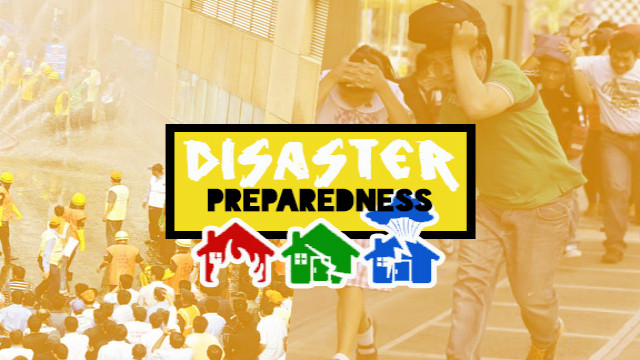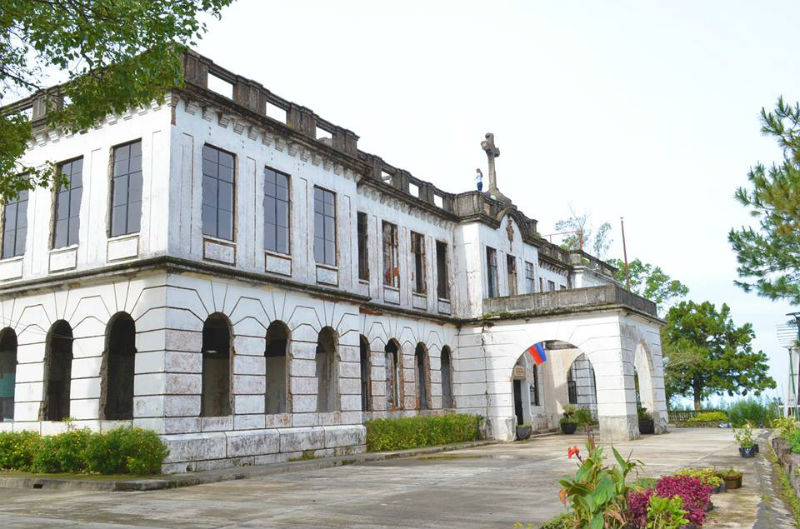BAGUIO CITY – Around 700 pupils at Special Education Learning Center in Baguio City participated in the 3rd Quarter Nationwide Simultaneous Earthquake Drill (NSED) last September 27, 2017. The learning institution was chosen as the pilot area in Baguio City.
Together with partner organizations, the Office of Civil Defense Cordillera (OCD-CAR) assessed the conduct of the drill at SPED Baguio where the highlight was the evacuation of students with special needs.
Children who are deaf and mute were wearing whistles which could be used to call for rescue while those who are on wheelchairs were assisted by their classmates using the buddy-buddy system.
It is also a first time in the Cordillera region that a school requires their students to make improvised head protection. These homemade head gears are dual purpose; it is used as chair cushion on normal days but could be worn as head protection when needed.
“The safety of our students here in our school is our priority that is why we continue to equip our disaster control group. We also agree that there are gray areas need to be improved. Disaster preparedness must be continuous.” remarked SPED Baguio Head Teacher Jerry Walsiyen during the post-evaluation meeting.
Other than SPED Center, students and faculty members in all public elementary and high schools in Baguio City simultaneously perform duck, cover, and hold technique on the same day.
More than 125,000 individuals across the region participated in the nationwide quake drill where a supposed 7.2 magnitude quake is felt in one minute.
To help in the assessment of the drill, more than 200 umpires were deployed in different areas; pool of umpires is composed of personnel from DepEd Baguio Division, Baguio City Police Office, Baguio-Benguet Public Information Civil Action Group, Kabalikat CiviComm, Baguio City Emergency Medical Services, Bureau of Fire Protection, Philippine Red Cross, Air Force, school DRR coordinators, and army reservists.
Assessors recommend enhancement or formulation of evacuation and emergency plan in schools, offices, and establishments. Participants are also encouraged to take the drill seriously for their own sake. Other umpires underscore the importance of contingency plan especially in schools where system on the release of students during real quake scenarios must be considered. Participating agencies and schools were also reminded on the phases of quake drill: alarm, response, evacuation, assembly, and headcount.
NSED is a quarterly activity led by the National Disaster Risk Reduction and Management Council (NDRRMC) that seeks to educate the public on earthquake preparedness, and to encourage wider participation in government-led DRRM programs.
By Frances Ivy Carasi














